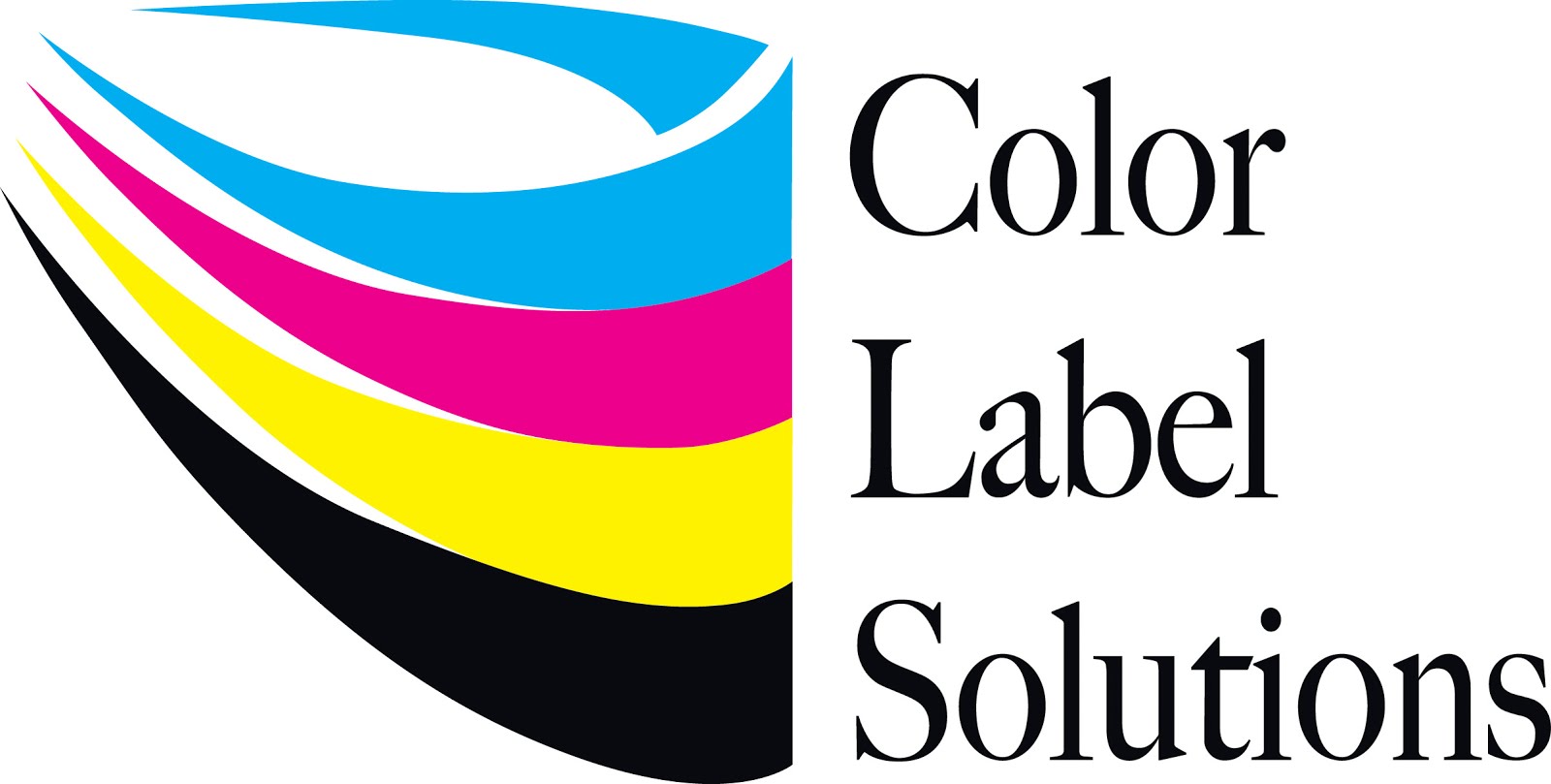Label printing can be difficult; I know. But label printing can be easy if done
correctly. When the artwork matches the
label size correctly, label printing is easy to do.
Nutriment.com
(www.nutriment.com) believes that success in the nutrition business is predicated upon
knowing what customers need to help optimize nutrient intake; and to help
address specific health problems. Nutriment.com
has the distinction of offering formulations with the most comprehensive
ingredients lists—highly potent formulations with nutrients chosen to work
together so that the final effect is greater than the sum of its parts.
Joint health, male enhancement, vitamin/mineral blends and sleep aid
formulations are just a few of the products they offer, and their list
continues to grow. All ingredients chosen for these specific formulations are
only the purist, highest in potency and scientifically validated by clinical
research. Nutriment.com uses only GMP (Good Manufacturing Practice) certified
facilities to produce its formulations. This requirement assures a safe and
pure product that you can take with confidence.
When first contacting Peter Baker, Owner of Nutriment, I learned he
needed a printer for producing short runs of labels for new products. “We launch new test products all the time,”
said Peter. Continuing, “Some of these
new products generate demand; some don’t.
Once I have a large demand, we’ll purchase preprinted labels. Until we have a winning product, we don’t
want to purchase a large supply of labels that may never be use.”
To produce these samples, Peter sent me artwork setup perfectly to work
with a 2” x 6” label.
 |
| Nutrient Label PDF |
Notice how the label is designed with the marks setting out the
location for the corners of a 2” x 6” label.
When printing these labels at the “Actual” size using Adobe Reader or
Acrobat, the preview shows exactly how the label will look.
 |
| PDF Label Preview |
For the most part, we don’t carry inventory of labels
required to print all the possible sizes and types customers would want. But in this case, I checked with our plant,
who happened to have a roll of 2” x 6” and 2.5” x 6” gloss poly labels in
inventory. So I agreed to print some test
labels for Nutriment.
Once I received the labels from the plant, I printed 7 different
labels. On the first label, I found that
I had to move the print slightly down and change the boarder setting to .06” to
get the label to print exactly as required.
 |
| Label Horizontal Adjustment Example |
We then packaged up the test prints and sent to Peter.
 |
| Nutriment Label Prints |
With the correct artwork and label sizes, printing great looking labels
is easy to do. Perfect for an
application such as desired by Nutriment, printing labels as need for their
prototype products. Companies launching new
products all the time like Nutriment, printing on-demand color labels make good
economic sense.
If you want to produce great looking labels easily yourself, contact
us. We’ll help you get started printing
labels quickly and easily.
Guy Mikel
855-962-7670







